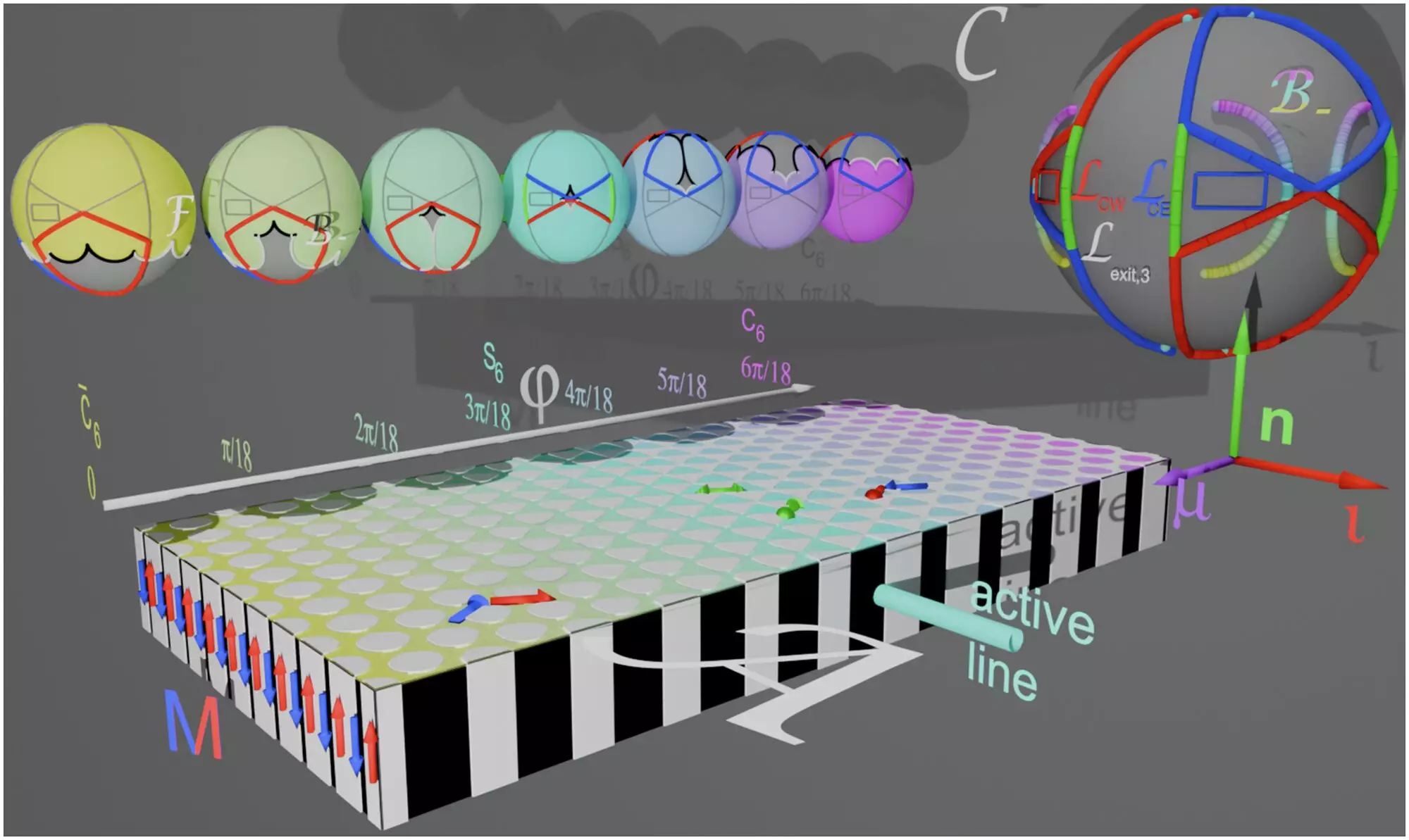In an ambitious venture that could redefine the applications of micro-engineering, researchers at the University of Bayreuth have unveiled a groundbreaking technique for directing the growth of microscopic bipeds using magnetic forces. This innovation, which harnesses the principles of magnetism, holds tremendous potential for various fields, especially in medicine where these micro-runners can act as carriers for biochemicals. The introduction of externally controlled paramagnetic colloidal spheres into this dynamic system isn’t just a scientific curiosity; it represents a pivotal moment where the boundaries of micro-manufacturing and autonomous movement blur elegantly.
Unlocking Controlled Movement
The sophistication of this research lies in its ability to fabricate small, magnetic bipeds that operate independently once they reach a specific size. Unlike traditional passive particles, these engineered micro-runners are programmed from the onset, orchestrated into carefully defined shapes by positioning them according to a meticulously designed magnetic metamorphosis pattern. The magnetic fields could be likened to an artist wielding a brush, painting an intricate design of magnetic domains that dynamically guides the particles through their developmental journey. Such control over micro-scale particles is not merely a fascinating experiment; it opens up new avenues for targeted delivery systems in medical therapies and enhanced materials science.
Precision Beyond Imagination
What truly sets this research apart is its capacity for customization. In the meticulously conducted experiments, the team showcased their ability to produce bipeds of varying lengths—six in total—each designed to travel in calculated paths dictated by the researchers. Such precision not only underscores the technological prowess involved but also highlights the broader implications of programmable materials that can adapt and respond to specific stimuli. Imagine a future where these micro-runners could be deployed to deliver drugs directly to targeted cells or even assemble complex structures at the microscopic level, revolutionizing construction methods in nanotechnology.
International Collaboration Enhancing Innovation
This endeavor is bolstered by a robust collaboration that includes not only the University of Bayreuth but also institutions such as the University of Kassel and the Polish Academy of Sciences. Such partnerships exemplify the importance of pooling resources and expertise in the scientific community. The amalgamation of diverse perspectives and skill sets is what drives innovation forward, facilitating discoveries that would otherwise be unattainable. The exchange of ideas and methodologies across borders enables researchers to tackle complex problems from multiple angles, enriching the overall academic landscape.
Implications for Future Research
While the immediate applications are tantalizing, the broader implications of this research stretch far into the future. As the capability to manipulate micro-scale entities grows, the potential for creating smart materials that respond to various stimuli, from magnetic fields to light, could redefine how we think about material properties and functionalities. The journey of these micro-runners is just beginning, and their integration into real-world applications is on the horizon, heralding a new age of smart technologies.


Leave a Reply